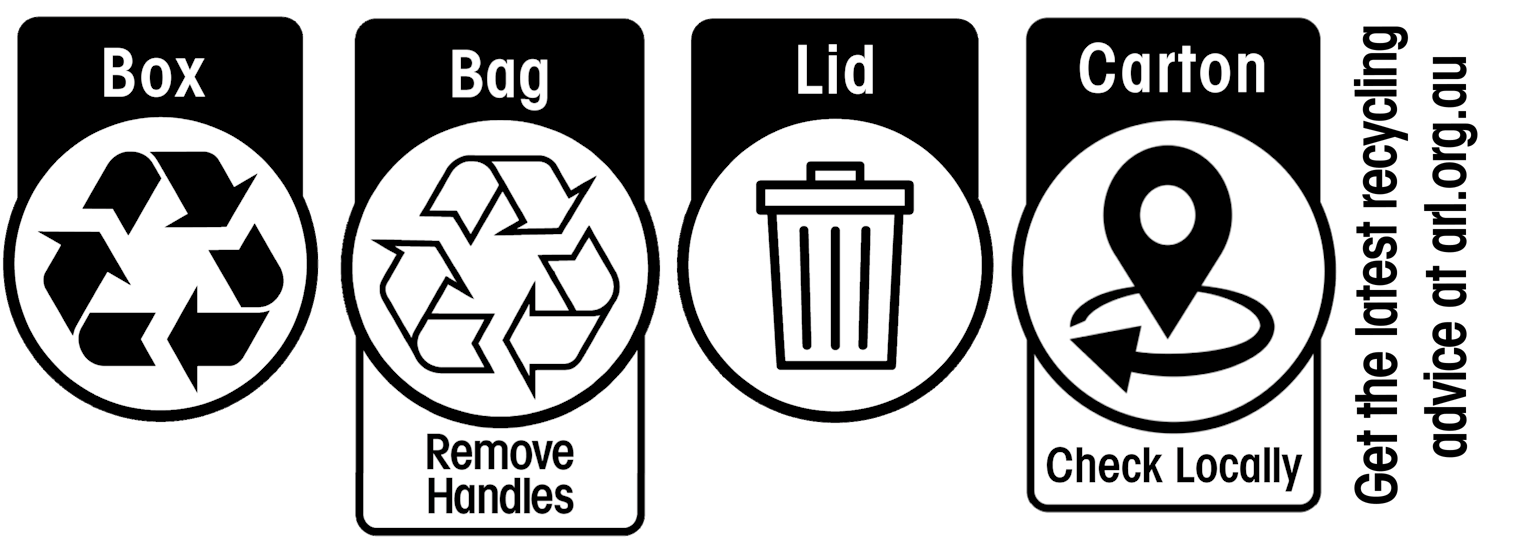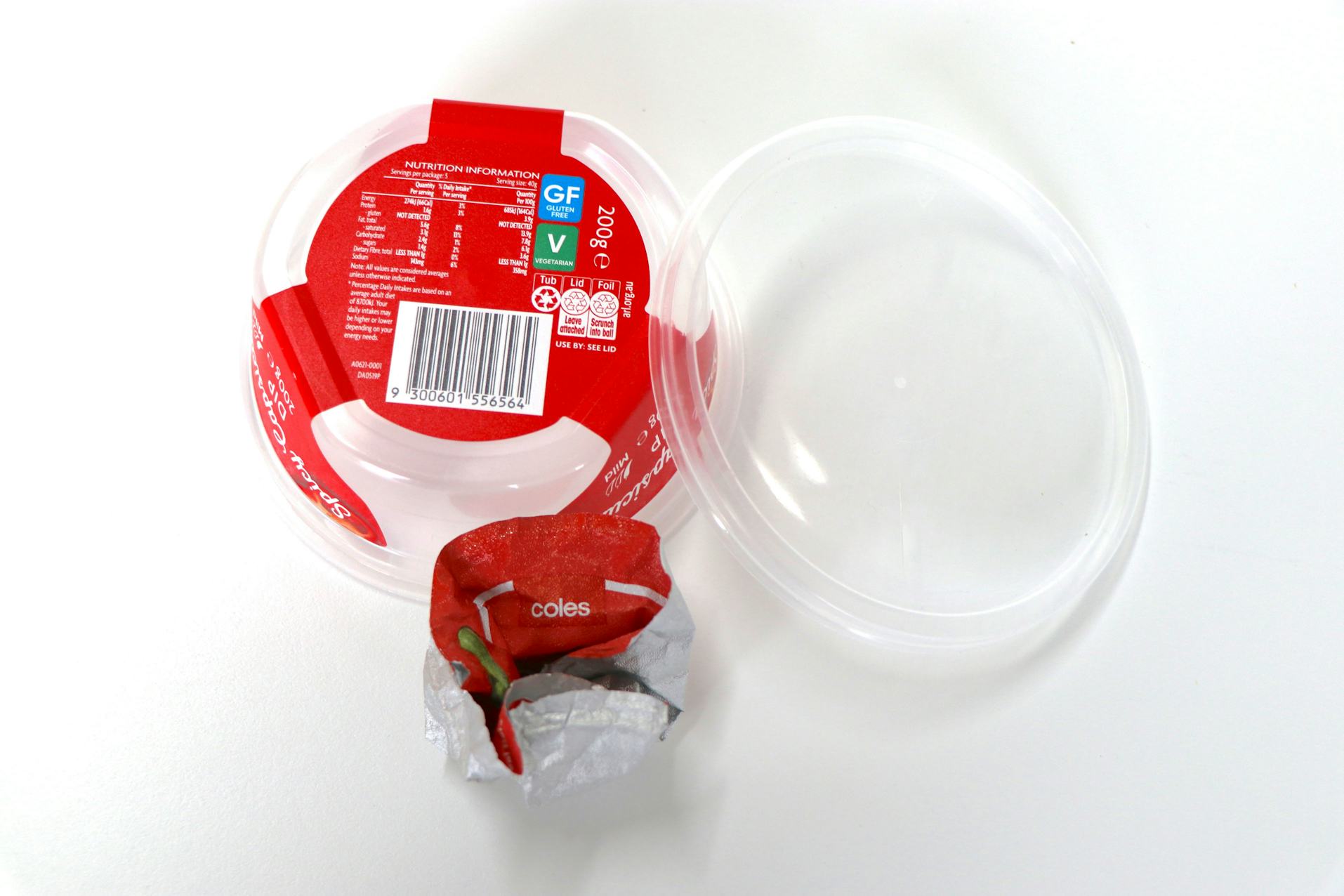Australasian Recycling Label
Clear and concise recycling labels for packaging
Skip To
Share
What is the ARL?
The Australasian Recycling Label (ARL) is an evidence-based system for Australia and New Zealand that provides you with easy to understand recycling information when you need it most – at the bin. It removes confusion, saves you time and reduces waste going to landfill.
The ARL is an element of APCO’s Australasian Recycling Label (ARL) Program. APCO, Planet Ark and PREP Design are working in partnership to deliver the program. This will help everyone better understand how to dispose of packaging effectively and assist brands in designing packaging that is recyclable. This scheme aims to increase recycling and recovery rates and contribute to cleaner recycling streams.

Why do we need the ARL?
Australians and New Zealanders care about the environment and want to do the right thing. But with hundreds of recycling labels out there, getting recycling right can be confusing and even recycling gurus get it wrong.

Why is this so important?
50 per cent of Australians find knowing what can and what cannot be recycled confusing
74 per cent of Australians think regularly recycling is the most impactful thing they can do for the environment
76 per cent of Australians are aware of the ARL, becoming more recognisable than Plastic Identification Codes (PICs) – often misunderstood as recycling symbols.
The ARL removes recycling confusion, which helps the majority of Australians who want more information about how to recycle correctly.
How does the ARL work?
Unlike other labels, the ARL is an evidence-based system underpinned by the Packaging Recyclability Evaluation Portal (PREP). It is not possible for a piece of packaging to have the Australasian Recycling Label without a PREP assessment that backs up disposal claims.
PREP assesses not only the materials used to manufacture a piece of packaging, but also its shape, weight, size, inks, adhesives used and many other variables. PREP simulates the behaviour of packaging in the recycling ecosystem, from the moment it is collected at kerbside to when it is sorted at a Materials Recovery Facility and in a subsequent processing facility.
The availability of collection services is also accounted for in this process. PREP assesses the piece of packaging against the number of people who can recycle it via their council kerbside collection service. Kerbside access levels are determined using the data from Planet Ark’s website RecyclingNearYou, which is updated annually.
If more than 80% of the population with kerbside recycling can recycle an item, it is considered ‘Widely Accepted’. Where 60-80% of the population have access, it is considered less widely accepted and consumers may be prompted to ‘Check Locally’ with their council. If less than 60% of the population with kerbside recycling can recycle an item, it is considered below the threshold for recyclability and classified as not recyclable.
The technical recyclability and council collection status combine to inform whether a packaging item is recyclable, not recyclable or if consumers have to take an extra step to recycle an item.
The ARL also recognises alternative destinations and local council collections that collect packaging that is not currently accepted at kerbside in Australia and/or New Zealand. Consumers will need to return these items to designated drop-off points or alternative destinations, e.g., ‘Check locally’ for soft plastics and ‘Drop off only’ for coffee cups.